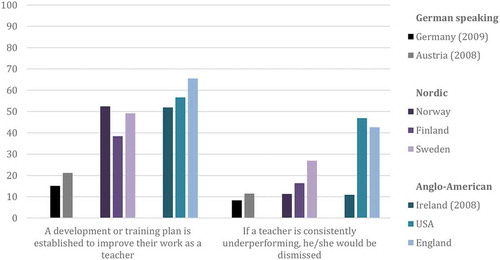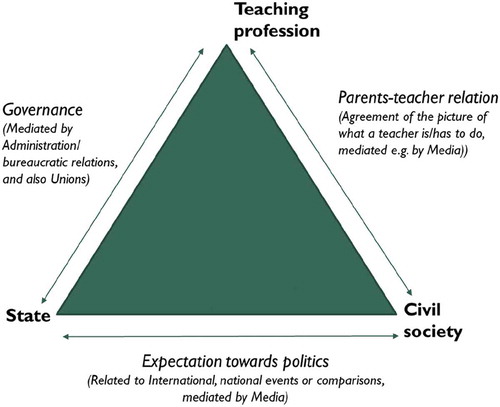Figures & data
Table 1. Different governance regimes (c.f. Wermke & Höstfält, Citation2014).
Table 2. Sample sizes and years of the cases in our aggregated sample.
Figure 2. Teachers’ reports on output-related feedback.
(Percentage of lower secondary education teachers who agree or strongly agree with the following statements about teacher appraisal and feedback systems in their schools).
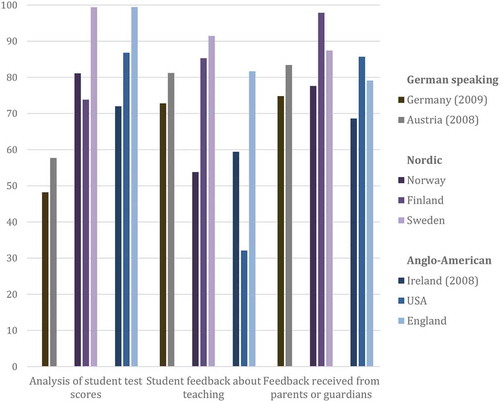
Figure 3. Teachers’ reports on input or process related feedback.
(Percentage of lower secondary education teachers who agree or strongly agree with the following statements about teacher appraisal and feedback systems in their schools)
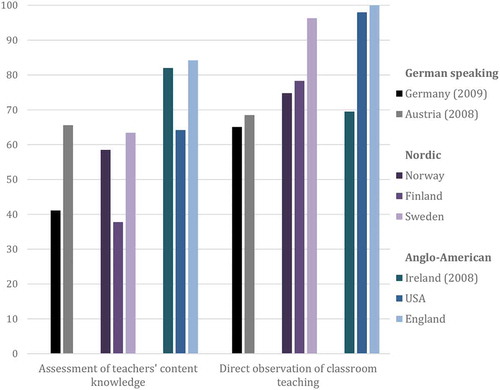
Figure 4. Teachers’ experiences with soft incentives.
(Percentage of lower secondary education teachers who agree or strongly agree with the following statements about teacher appraisal and feedback systems in their schools).
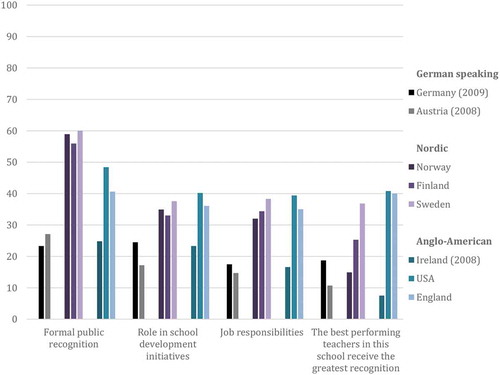
Figure 5. Teachers’ experiences with hard incentives.
(Percentage of lower secondary education teachers who agree or strongly agree with the following statements about teacher appraisal and feedback systems in their schools).
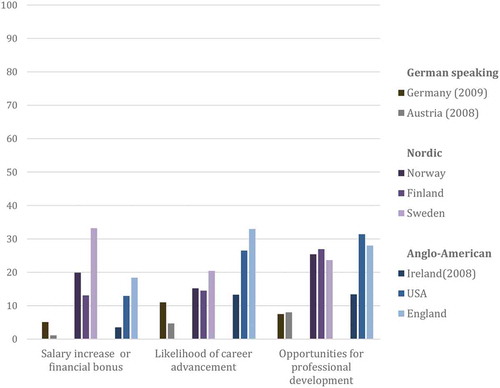
Figure 6. Teachers’ experiences with sanctions.
(Percentage of lower secondary education teachers who agree or strongly agree with the following statements about teacher appraisal and feedback systems in their schools).
